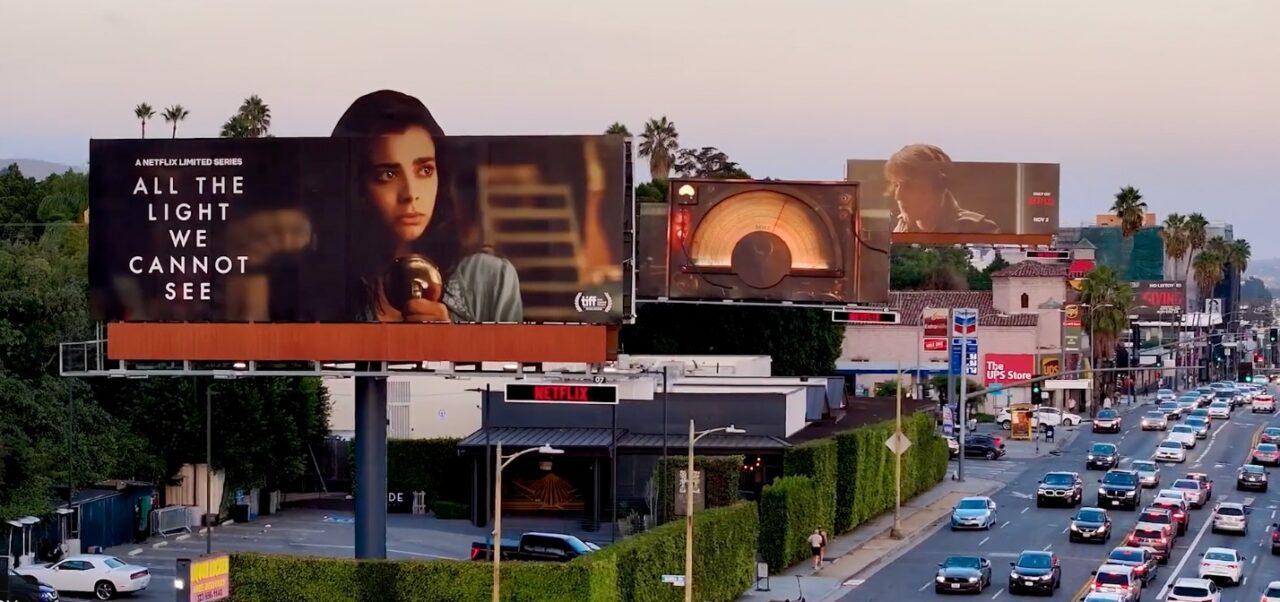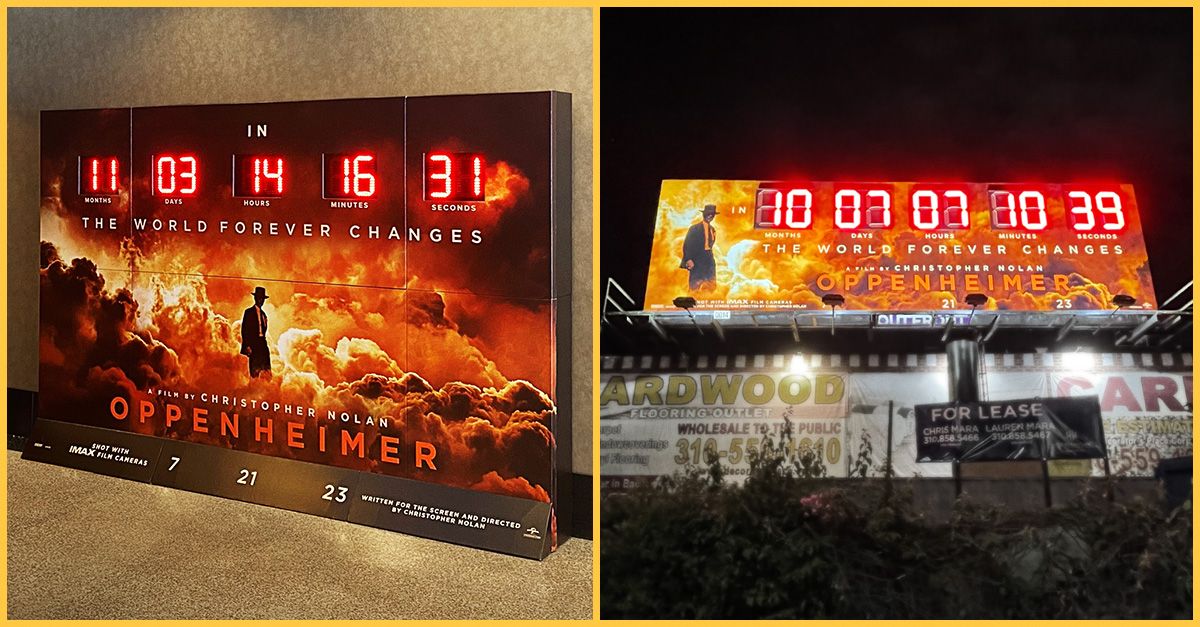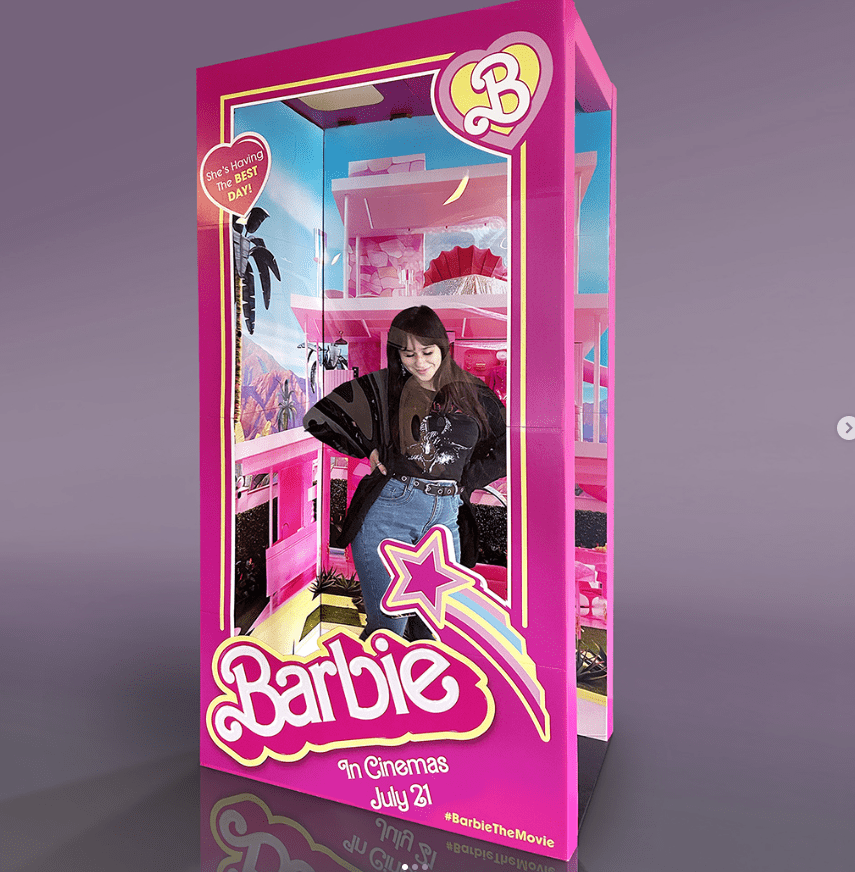Out-of-home (OOH) advertising has played an integral role in the media mix for decades due to its influence and impact. The vast majority (88%) of U.S. adults have noticed an OOH ad within a one-month period and 78% of these consumers took some sort of action after, according to research from Morning Consult and the Out of Home Advertising Association of America (OAAA). While the fundamentals of a top-performing campaign — like solid storytelling — remain very much intact, the landscape is evolving to inspire creative innovation and enable digital integration.
For Bill Rosenthal, President at Midnight Oil, the greatest potential lies in this blurring of the static and interactive worlds. “I’m excited about the idea of getting the static board that everyone is going to see, and then the digital that will enable a variety of content within it. There’s a lot of potential there,” he said in an interview with Retail TouchPoints. And with deep roots in entertainment and media — Midnight Oil’s client base spans major studios, streamers and retailers — Rosenthal also sees the potential for “retailtainment” in OOH, especially for consumer brands and retailers that want to drive traffic to physical spaces and activations.
“Retailers are trying to create experiences to drive consumers into the store, so there’s this synergy between retail and entertainment,” Rosenthal explained. “We’ve heard that people are going to buy everything online, but we’re now seeing that people want to get out of their houses. For retailers, there’s an opportunity to showcase the benefits of going to the store, the broader entertainment value. There’s a lot of opportunity to blur those lines and bring more experiential, entertainment-like opportunities and activations.”
Rosenthal tapped into Midnight Oil’s experience working for beloved media brands like Barbie, Halo, Stranger Things, Trolls and others to offer insights on OOH trends and best practices.
Focus on a Compelling Story
Because storytelling is at the core of media organizations and their various brand properties, they have the unique opportunity to leverage characters, settings and unique brand attributes to create differentiated OOH campaigns, according to Rosenthal. Brands and retailers can take a similar approach by building a comprehensive story around a particular campaign, brand value prop or even a product launch.
“A lot of the work that we do is really geared towards grabbing attention — to capture people in the moment but then also trying to drive conversation online through social,” he explained. “When you can come up with something that’s driven by compelling content and compelling visuals, something that’s different, that is when you’re going to see the biggest impact and reach. Because in an ideal world, you create something that’s appealing enough that somebody takes the moment to post it on social and then it garners a lot more eyeballs because a lot of OOH is launched in major metropolitan areas, which represents a small microcosm of the possible audience.”

Think Holistically About the Entire Campaign Vision
The most effective OOH campaigns are tied to broader, long-term campaign strategies that span various channels and touch points. Marketing and advertising teams need to look at their campaign calendar holistically to ensure all the pieces can be created on time and on budget. For example, a year-long campaign may have multiple phases, and within each of those phases there may be a new storytelling element that will have supporting campaign tactics and pieces that have their own distinct launch cadence.
With OOH in particular, “there’s varying degrees of how much lead time it takes; just like with every other piece of the marketing strategy, one of the big considerations is how much time you have to allow to create something, from the fabrication to the installation,” Rosenthal explained. This is especially true if brands want to integrate digital OOH or explore new 3D formats and material usage.

Be Intentional with Digital
Digital is driving a new era of OOH, particularly since a key consideration for brands is how to use OOH to activate consumer behaviors. In this case, that means inspiring audiences to share the campaign or learn more about the brand, film or experience, using their own digital accounts and devices. For some brands, that means sharing a campaign hashtag on all billboards. For others, that means using a QR code with a clear call-to-action.
However, “the easy answer is any or all of the above,” Rosenthal said. “But ultimately, it’s about creating something that’s visually arresting and appealing to get people to take notice. And then, ideally, it’s a combination of the brand promoting the work, and then getting consumers to post the content. We’re especially seeing a lot of ads on TikTok.”
Video credit: Paramount+, Midnight Oil
Digital also has become a key form factor for OOH storytelling and is being integrated into the “four sides” of traditional billboards.
“We’re not just doing digital OOH where the screen is digital — we’re also starting to incorporate digital screens into what would otherwise be a static billboard,” Rosenthal explained. “That way, you can have motion in places where you may not otherwise have it. Screen quality has gotten to the point where you can do that, and it can be highly impactful. It allows you to have messaging change while still maintaining that visual consistency.”
Paramount+ recently launched a campaign for the newest season of its Halo series for which new content was launched on OOH digital billboards every week. “It’s a lot easier than going up onto a board to change [the content manually], right?” Rosenthal noted. “We see a lot of potential opportunity there: blending static, three-dimensional design and digital together.”
Don’t Be Afraid to Push Creative Limits
While OOH typically focuses on the standard 14-foot billboard, “most of our clients will supplement that core with three-dimensional boards or even lighting effects to make their creations pop,” Rosenthal said. He advised brands to not be afraid to push creative limits here, especially because it’s getting harder to create something that stands out and inspires people to stop, stare and share. “That’s always been a challenge, but that’s also the exciting part for anyone in the industry,” he added.
For example, Midnight Oil recently did a billboard campaign with Netflix for its recent release Leo, about a lizard. The campaign, which was launched only on Sunset Boulevard in Los Angeles, had two parallel billboards on either side of a street and a long lizard tongue hanging across to connect them.
The creativity sparked attention and inspired passersby to snap and share the campaign in real time. “We had people stopping to take photos of it,” Rosenthal said. “That one campaign was able to drive a lot more attention because not only did Netflix promote it on social, so did other people.”

Go Beyond the Billboard
In addition to Billboards, Midnight Oil has developed campaign components such as retail signage and theatrical displays. In some cases, these displays become so central to the brand campaign and strategy that they actually go viral.
For example, the company tapped into the iconic Barbie box design to drive awareness and amplification for the blockbuster movie. Moviegoers loved getting photo moments in the boxes and they even connected to a scene from the movie. “Our team hadn’t seen the movie when we were concepting different ideas, but it was the perfect tie-in,” Rosenthal noted.
